Mind the Gap
Research and system map to uncover the equity gaps in Boston’s public transportation

Map the system
For University of Oxford’s Map the System Challenge I worked with a team of two Master in Public Policy students from Harvard Kennedy School, Tze Ni Yeoh and Carlos Teixeira, to research the potential public transportation services from the Massachusetts Bay Transportation Authority has to drastically reduce inequality. The goal was to have a comprehensive understanding of the problem to be able to recommend punctual but impactful solutions. The project included desk and field research, as well as interviews with various stakeholders. The process of mapping the system includes understanding the problem in-depth, exploring the current solutions and the reasons for their success or failure, and analyzing the results to clearly communicate the existing gaps in the problem and the levers of change that would address these gaps. The project won the second place at the internal Harvard competition.


Understanding the problem
Using quantitative data from several reports, we analyzed the opportunities and costs of different areas in Boston. The households in Roxbury, Dorchester, and Mattapan have been segregated since the ’70s and are below the city average in terms of opportunities for economic development, but we discovered transportation has the greatest potential to reduce these inequalities and bring residents more opportunities, such as a bigger number of jobs available within 30 min transit, a higher household income, and reduced transportation expenses.

Mapping solutions
We interviewed several stakeholders involved in transportation advocacy, planning, and decision-making, to understand what had worked from past and current initiatives and what were the current challenges. We found out that most initiatives focused on increasing accessibility, targeting affordability, and strengthening reliability. We compared these solutions to successful transportation measures, such as the ones implemented in the York region (Canada), Singapore, and London city, as global benchmarks.

Identifying levers of change
After the desk research, interviews and field visits, we suggested targeting the 4 identified gaps with levers of change that policymakers, transportation planners and decision-makers can implement to reduce the inequalities that transportation is currently promoting and change this to be a part of the solution.

Visual communication
A vital element of the process was being able to communicate the complex problem in a simple visual way, a practice that used to be uncommon in the policymaking field. Three infographic posters that merged into one were key to achieve this. They gained recognition from the judges for their clarity, coherent narrative, and visual cues.

Written report
Our brief report described in more detail the findings of our research as well as the proposed levers of change. This report was shared with a member of the Massachusetts Department of Transportation (MassDOT) Board of Directors and the Vice-Chair of the Fiscal Management and Control Board that currently oversees the MBTA. It’s available upon request via email.


Field research
As part of our research process, we decided to get to the three different areas by public transportation. Buses are the most common commuting option of the residents and bus stations, like Dudley in this picture, become a central point. Observing the context, installation and talking with the bus passengers that were waiting here led to many insights.

Accesibility
During our interviews, passengers shared stories of their struggles with the service. Besides their long commuting times, their public transportation options are limited to buses and these are also the most unreliable.

Reliability
Including bus drivers’ experiences in our study was crucial to get a comprehensive picture of the system. Drivers are pressured with timing to be reliable but that often conflicts with enforcing the payment of tickets. Initiatives like key-to-the-city allow riders to have integrated and multiple paying options into one system.


Affordability
A way to make tickets more affordable is to purchase weekly and monthly passes. Our research showed that many riders struggle to buy the weekly and monthly passes due to them being a higher disbursement and more expensive overall and thus unaffordable for some. These types of tickets also proved unavailable because there are no machines at the bus stops they frequent where they can make weekly or monthly purchases.



